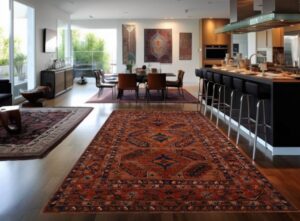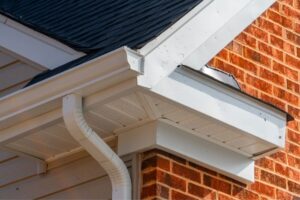Valle d’Aosta University Campus by MCA – Mario Cucinella Architects

The recovery of an area for new cultural activities
MCA’s intervention, in a neuralgic area close to the historical centre of Aosta, envisages the conservation and recovery of the main existing buildings of the Ex Caserma Testafochi, and the construction of three new buildings.
The project, strongly recognisable as a landmark of the contemporary city of Aosta, while respecting the original planimetric layout, revolutionises the entire area by opening it up to the city.
Image © MCA – Mario Cucinella Architects
The buildings will house the spaces for teaching and common activities of the several faculties, which will accommodate approximately 2000 students.
Contemporary architecture in complicity with the landscape
The project for the new campus for the University of Valle d’Aosta is an example of how it is possible to design contemporary architecture that is compatible with the surrounding landscape and the local climate.
Image © MCA – Mario Cucinella Architects
Colours and features create a strong visual ties with the snow-covered alpine landscape, while differentiating itself from the extreme rigidity of the pre-existing former military building, the form also lends itself to achieving high energy performance standards. It aims to become one of the first one of the first public buildings in Italy to achieve the NZEB (Nearly Zero Energy Building) rating.
Environmental strategies
A building is climate-responsive when it provides effective protection from extreme weather conditions while at the same time using renewable environmental resources to support its functions.
Image © MCA – Mario Cucinella Architects
The careful analysis of the local climactic conditions was thus a fundamental part of the design process, including identifying possible advantages and problematic aspects of the site itself through the study of the sun paths, shade and shadow patterns, and exposure to prevailing winds.
The shade and shadow analysis also revealed the shadow cast by the mountains to the south of the project area, which further limits the amount of solar radiation reaching the site during the winter.
Image © MCA – Mario Cucinella Architects
The quest to optimize the forms led to a solution in which the new construction would not reduce, if not by a negligible amount, the solar access of the surrounding buildings.
The elevated daily and seasonal temperature ranges of the local climate, together with the factors described above, oriented the design toward very compact volumes with excellent thermal insulation. Integrating the design of the building envelopes with the building services made it possible to ensure low energy consumption and the use of renewable energy sources.
Façade system
The façade system is the most distinctive element of the building, and also the most emblematic in terms of the building’s relationship with the exterior spaces.
The façade facing the city is treated differently from the façade facing the piazza. In this case, where the building overlooks the circulation spaces, a framework was devised consisting of metal ribs supported at the ground level and balconies at the upper levels, plus horizontal box beams in Corian.
Location: Aosta, Italy
Architect: MCA – Mario Cucinella Architects
Project Director: Giulio Desiderio
Project Leader: Donato Labella
Design Leader: Michele Olivieri
Project Team: Fabrizio Bonatti, Lucrezia Rendace, Julissa Gutarra, Nada Balestri, David Hirsh, Rigoberto Arambula, Luca Stramigioli, Davide Stolfi, Giulia Pentella, Alberto Bruno
Model: Maker Yuri Costantini
Architectural Project: Partner Studio Pession Associato
Structural Engineering: Sintecna Srl
MEP Engineering: Golder Associates, Metec & Saggese, Energy Services
Safety and Fire Prevention: GAE Engineering, Ing. Giuseppe Amaro
Client: NUV – Nuova Università Valdostana
Area: 52.000 sqm
Images: Courtsey of MCA – Mario Cucinella Architects





